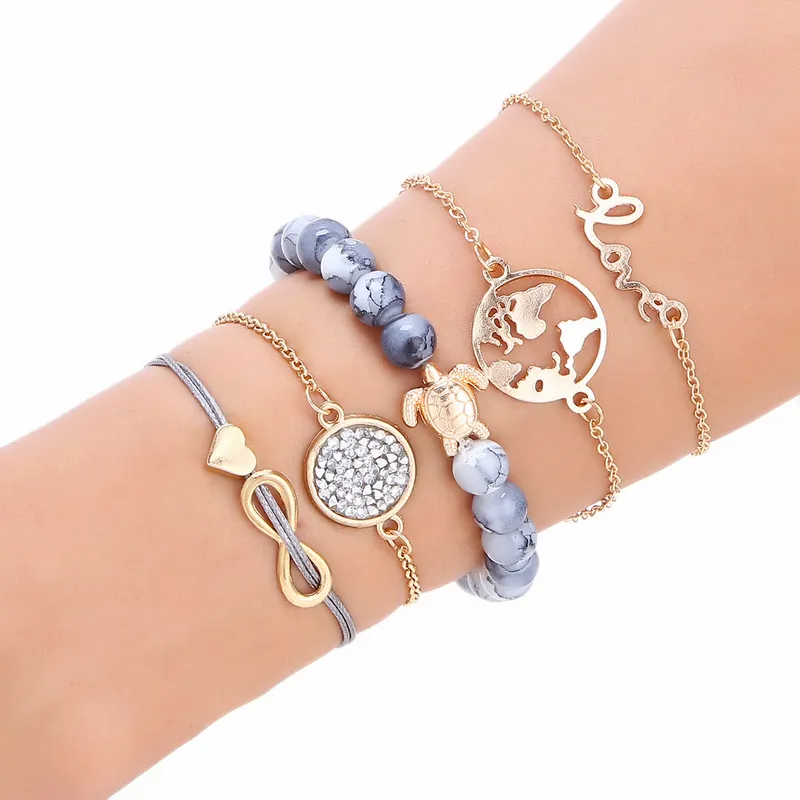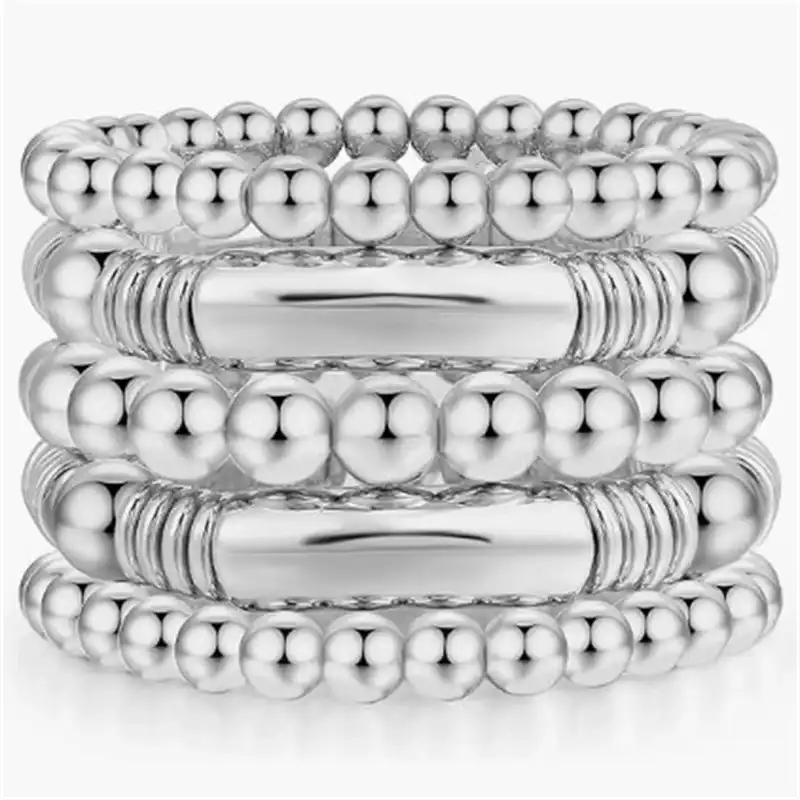Layering bracelets is one of the hottest trends in jewelry, offering endless possibilities for creating a individual and distinct style. Be it blending metals, adding colorful gemstones, or layering a variety of textures, layering bracelets allows you to express your personal style effortlessly. This guide dives into the trend of stacking bracelets, giving advice and inspiration for anyone—whether male or female, along with suggestions for the best places to find stacking bracelets, including luxury names like website Cartier to budget-friendly picks on Amazon.
What Are Stacking Bracelets?
Layering bracelets involves wearing multiple bracelets on one wrist or across both wrists to design a layered, striking appearance. The trend has surged in popularity thanks to its flexible, mix-and-match appeal. Whether you prefer delicate gold bangles, chunky silver cuffs, or colorful beaded bracelets, stacking allows for endless creativity.
Why Stacking Bracelets Are Trending
The stacking bracelets trend has taken the fashion world by storm thanks to its highly customizable and ever-changing style. Fashion influencers, celebrities, and designers love the layering look for its versatility in both casual and formal settings—whether for casual get-togethers or elegant events. From dainty gold bracelets to bold, statement designs, this style caters to every taste.

Tips for Stacking Bracelets
Stacking bracelets comes with no set rules, which makes this trend so much fun. However, a few guidelines can help you create a cohesive and stylish stack:
Mix Materials: Mix gold, silver, and leather for a unique, eclectic vibe.
Vary Widths: Alternate between thin, dainty bracelets and wider, more substantial pieces for a balanced look.
Incorporate Colors and Different Textures: Use beads, colorful stones, or fabric bracelets to add depth and variety.
Add a Watch to the Mix: Wearing bracelets alongside watches, whether it’s a Rolex or Apple Watch, gives your wrist an elevated look.
How Women Can Master Bracelet Stacking
Women have a wealth of options when it comes to stacking bracelets, and there are countless styles to choose from. Popular choices include delicate gold bangles, sleek silver cuffs, and vibrant gemstone bracelets.

How to Stack Gold Bracelets
For a classic and elegant stack, gold bracelets are ideal. Be it simple gold bangles or more detailed styles, gold bracelets add a touch of elegance to any stack. You can combine different shades of gold, such as yellow, white, and rose. Brands like Cartier are well-known for their luxurious gold stacking bracelets.
Silver Stacking Bracelets
Silver stacking bracelets, particularly sterling silver, are a more affordable yet equally chic option. These pieces can be worn alone for a minimalist look or stacked together for a bolder statement. Silver is also a versatile metal that pairs well with other materials.
Bracelet Stacking Tips for Small Wrists
For those with small wrists, choosing the right size and style is important. Adjustable bracelets or bangles made for small wrists are ideal. Thin bracelets that fit snugly are usually more flattering for small wrists.
Stacking Bracelets for Men
Bracelet stacking isn’t just for women—men can embrace this trend with a variety of masculine designs featuring leather, metals, and durable materials. From casual outfits to dressier occasions, stacking bracelets is a great way to add style effortlessly.
How to Stack Bracelets with a Watch for Men
One of the most popular trends for men is stacking bracelets with watches. Whether pairing with a luxury timepiece like a Rolex or a more tech-forward Apple Watch, bracelets add texture and interest to your wrist. Leather straps, beaded styles, or metal cuffs are ideal for men wanting to try out stacking.
Bracelet Stacking for Men
For men, stacking bracelets often involve leather, beaded, or metal bracelets. Popular brands like Cartier offer refined stacking options, but many men opt for more casual styles, combining leather straps with silver or steel cuffs. To create a strong men’s stack, simplicity and balance are key—choosing pieces that complement each other without overpowering the wrist.
